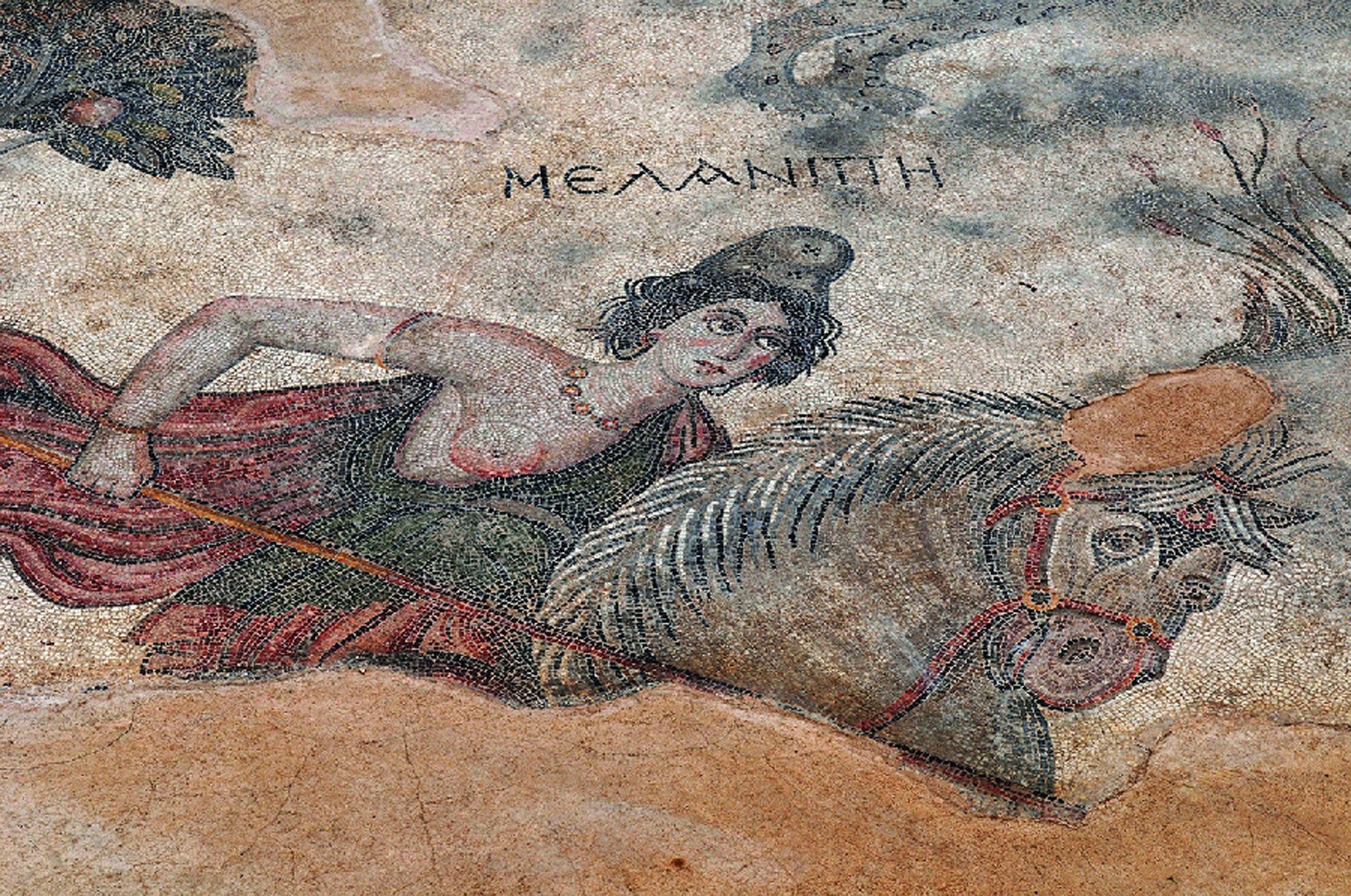The Amazons: Lives & Legends of Warrior Women Across the Ancient World by Adrienne Mayor, book review
There are myriad myths surrounding the Amazons, but which are based on truth?

Warrior women have long held a grip on our imaginations, from Atalanta to Buffy the Vampire Slayer. But did these mythic figures have real-world counterparts, and how can we unpick the reality from fantasy?
This is the question which Adrienne Mayor seeks to answer in her hugely informative and entertaining Encyclopaedia Amazonica, which ranges across the ancient world from Greece to China, via the Russian steppes (whose nomadic women perhaps come closest to being real Amazons).
She's an excellent tour guide. She begins by dispelling one of the most basic myths about Amazons: that they cut off one breast to make it easier for them to use a bow and arrows. Not only does Mayor rubbish the idea that an archer would be remotely impeded by her breasts (with photographs of modern archers on horseback, all happily symmetrical), but she does so in a chapter entitled "Breasts: One or Two?"
She suggests a plausible origin for this peculiar myth. The Greeks loved etymology, no matter how spurious. And the word "Amazon", to an ancient Greek ear, sounds a lot like "a-" meaning "without", and "mastos" meaning "breast". But, as she points out, we have hundreds of images of Amazons on vases and drinking cups, and none of them is missing one of her breasts.
Amazons were an enormously popular subject for vase-painters in ancient Greece (only Heracles appears on more vases than these warrior-women). Their clothing is fascinating: here are women wearing patterned leggings, body-stockings and trousers. There's even a drinking cup showing Atalanta in a strophion – "a kind of sports bra", as Mayor helpfully translates. No wonder Greek men – accustomed to seeing their wives in floor-length tunics – viewed the Amazons with a horrified fascination. Here were women who not only didn't dress like nice ladies, but were also armed and dangerous.
But some men found them powerfully attractive, too. The Emperor Nero confiscated a bronze statue of one Amazon, and never travelled without it. Her name (one of the many delights of this book is its list of Amazon names) was Euknemon – "Lovely Legs". The ideal of an athletic woman who might kiss you or kill you has lost nothing over time. This is neatly illustrated with a wonderful picture of a 24-year-old Katharine Hepburn, dressed in full Amazon gear as Antiope (the Amazon who hooks up with Theseus) on Broadway in 1932.
Mayor is a magpie, who clearly delights in exploring the widest possible range of Amazonian material, no matter how tangential. She includes a short section on fermented mare's milk, drunk by Amazon infants (according to Philostratus). Not only does she explain that horse-milk needs to be fermented because of its high lactose content, she also includes a recipe for increasing the alcohol content "until the desired potency is reached".
The book is beautifully illustrated with photographs of vases, statues and coins. There's a fascinating section on terracotta Amazon dolls (now in the Louvre). The dolls were found in the graves of little girls, who would have dedicated them to Artemis, had they lived long enough to get married. It's easy to think of girls in the ancient world as cloistered and passive, but here is proof that they were given figurines of warrior women as toys, or ritual objects. The terracotta may be fragile, but these dolls could still kick the crap out of Barbie.
Perhaps the Greeks' complex lust-fear relationship with Amazons is best illustrated by a vase, which is now in the British Museum. It shows Achilles carrying the body of Penthesilea, the Amazon – an ally of the Trojan king, Priam – who he kills outside the walls of Troy. "Images of male warriors and Amazons carrying their dead companions are common," says Mayor, "but a Greek warrior bearing the body of an enemy is unique."
Join our commenting forum
Join thought-provoking conversations, follow other Independent readers and see their replies
Comments